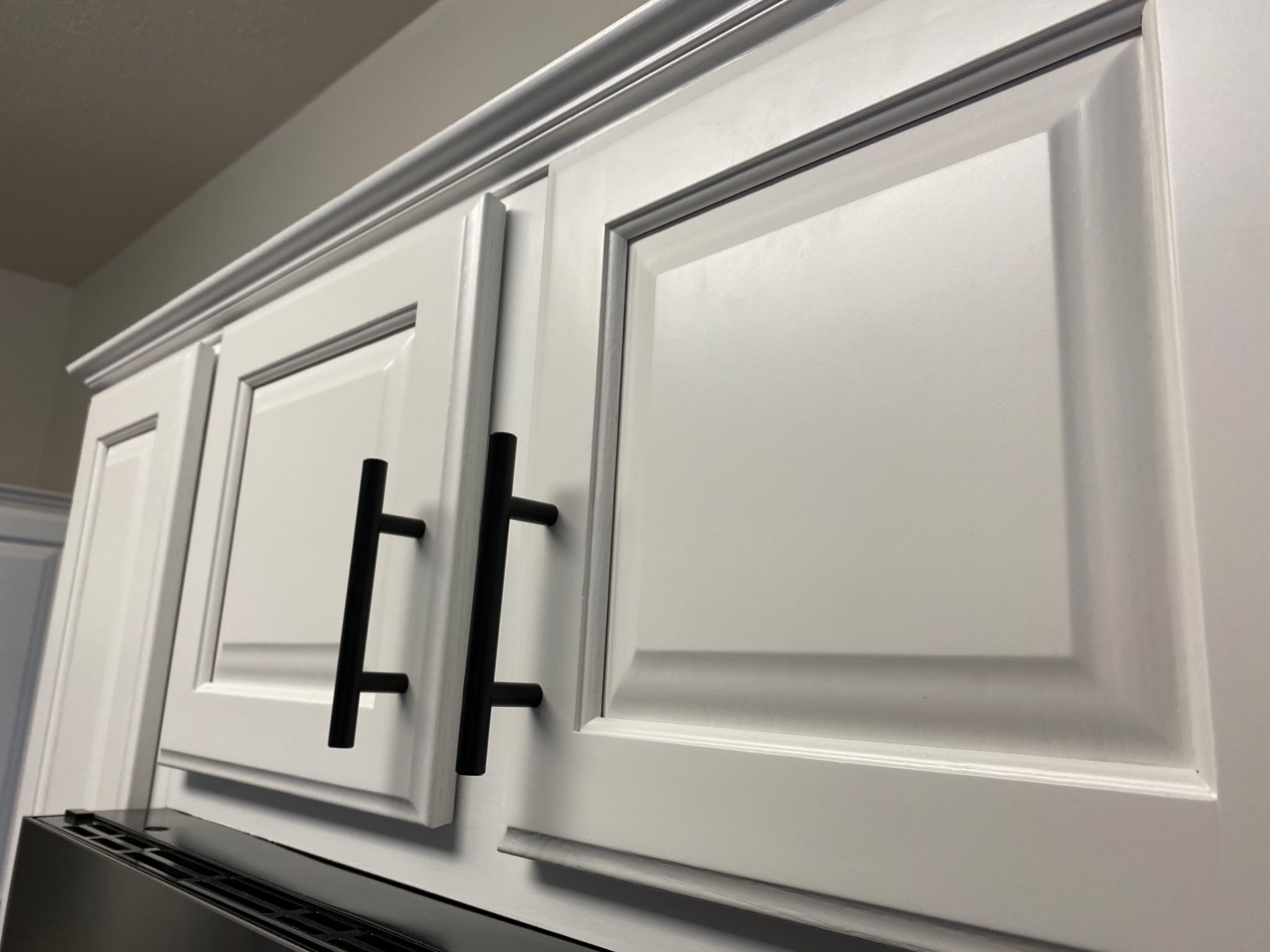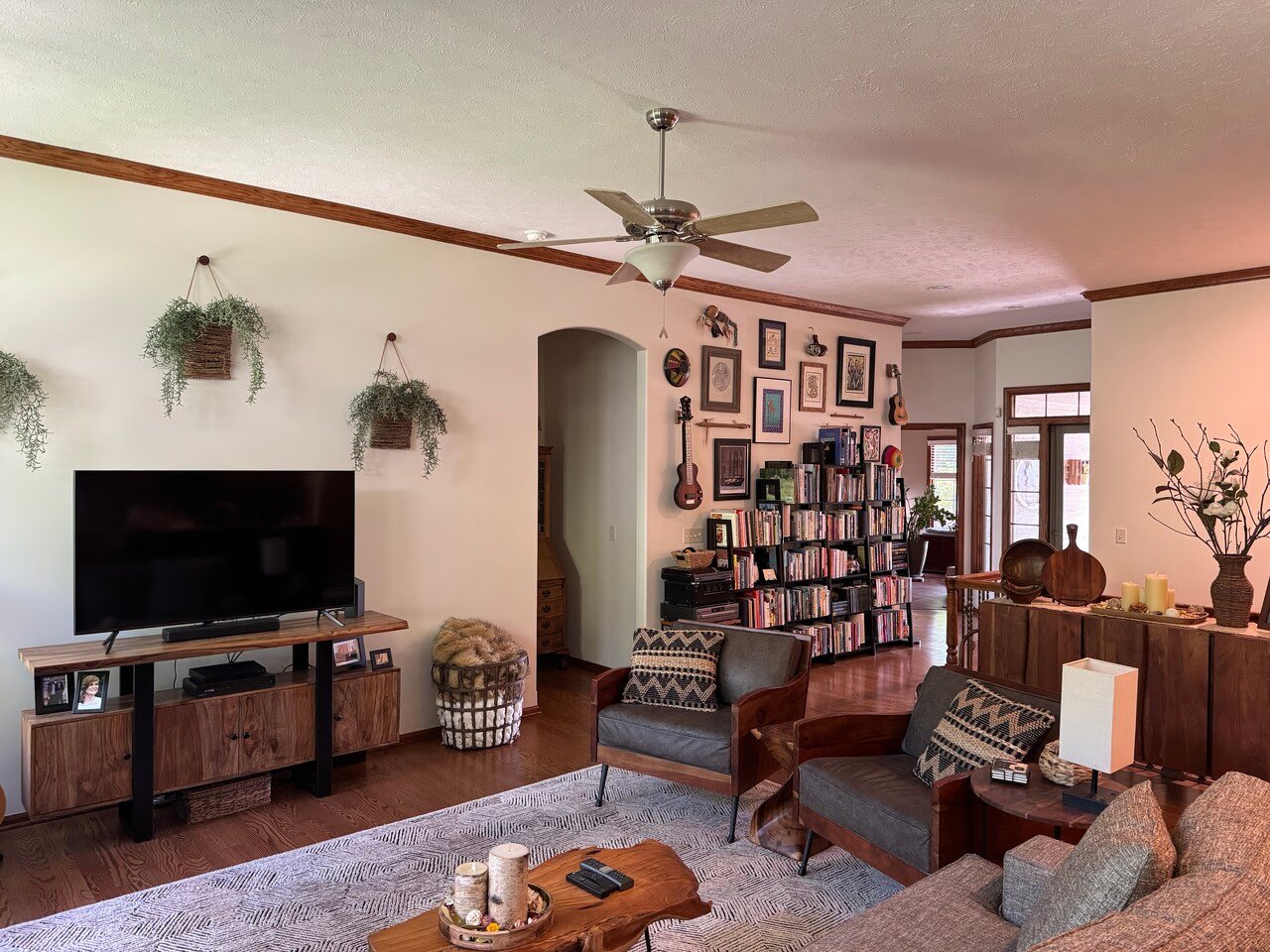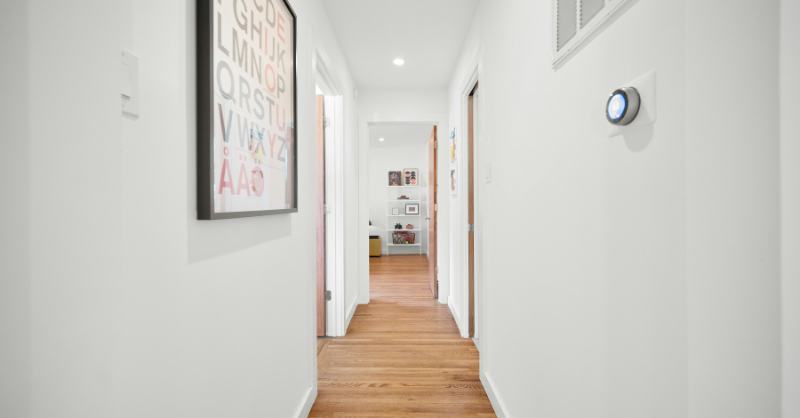7 Monochromatic Design Ideas for Your Living Room in Omaha, NE
June 13th, 2024
4 min read
-Jun-13-2024-08-22-08-1353-PM.png?width=800&height=418&name=Blog%20Post%20Image%20Size%20(2)-Jun-13-2024-08-22-08-1353-PM.png)
Have you ever felt overwhelmed by the colors available when decorating your living room? The endless choices can make it difficult to achieve a cohesive look that you love. Many homeowners in Omaha face this challenge, finding it hard to balance different colors and patterns without creating a cluttered or disjointed space.
Monochromatic design is a decorating approach that uses variations of a single color to create a cohesive and harmonious look. This method simplifies the color palette, focusing on different shades, tints, and tones of one paint color. By doing so, it creates a unified and elegant space that is visually appealing and easy to style. This technique not only streamlines the design process but also makes it easier to achieve a balanced and aesthetically pleasing room.
At Brush & Roll Painting, we understand the importance of having the right color and design in your home, especially when you are investing money into it. With 25+ years of experience helping Omaha homeowners transform their living spaces, we know that one effective solution is monochromatic design. This approach simplifies the color palette, creating a cohesive environment.
In this article, we will share seven innovative monochromatic design ideas and tips for your living room. You'll learn how to choose the right colors, incorporate textures, and pay attention to details. By the end of this guide, you'll have practical steps to create a stunning monochromatic living room that reflects your style and enhances your home’s aesthetic.
1. Greige Monochromatic Living Room
Greige, a blend of gray and beige, is a versatile and sophisticated color choice for a monochromatic living room. This color merges the calming effect of gray with the warmth of beige, making it a perfect neutral that adds depth and elegance to any space. Greige works well as the primary color because it can create a serene atmosphere without being too bland.
To incorporate greige into your living room, start with the larger elements such as walls and a main sofa. Complement these with greige rugs, curtains, and throw pillows. Despite its seemingly unique hue, greige is relatively easy to find in various home furnishings. The key is to maintain consistency across the room, ensuring that all elements share this harmonious tone.
2. Monochromatic Living Room Decor Item
 One effective strategy for monochromatic design is to begin with a single piece that you love and build the room around it. This could be a wall, striking couch, a unique armchair, or a beautiful area rug. Choosing one key item helps set the tone for the rest of the space and ensures a cohesive design flow.
One effective strategy for monochromatic design is to begin with a single piece that you love and build the room around it. This could be a wall, striking couch, a unique armchair, or a beautiful area rug. Choosing one key item helps set the tone for the rest of the space and ensures a cohesive design flow.
For example, if you select a deep blue sofa as your starting point, you can then incorporate varying shades of blue throughout the room. This might include light blue walls, navy blue throw pillows, and blue-toned artwork. By starting with one central piece, you create a foundation upon which the rest of your design naturally evolves, making the process less overwhelming.
3. Detail With Monochromatic Living Rooms
Attention to detail is crucial in monochromatic design. Since you’re working with a limited color palette, the finer points of your decor become more noticeable and impactful. Elements such as the hardware on furniture, the texture of fabrics, and the style of light fixtures can significantly influence the overall aesthetic.
Consider the finish of your living room table’s hardware or the stitching on your throw pillows. These small touches can elevate the design from simple to sophisticated. Choose details that complement the primary color and enhance the room's cohesiveness. For instance, in a greige-themed room, opt for brushed nickel or matte black hardware to maintain a sleek and unified look.
4. Using More Than One Shade Of The Same Color
-Jun-13-2024-08-19-53-2018-PM.png?width=486&height=254&name=Blog%20Post%20Image%20Size%20(1)-Jun-13-2024-08-19-53-2018-PM.png) Monochromatic design doesn’t mean you’re limited to a single shade. In fact, using multiple shades of the same color can add depth and interest to your living room. This approach allows for variation while maintaining a cohesive look.
Monochromatic design doesn’t mean you’re limited to a single shade. In fact, using multiple shades of the same color can add depth and interest to your living room. This approach allows for variation while maintaining a cohesive look.
For instance, if you choose green as your primary color, you can use light mint for the walls, olive green for the sofa, and forest green for accent pieces. Mixing different shades creates a dynamic and layered effect, making the space visually appealing. This method also allows you to play with light and shadow, giving your living room a richer and more textured appearance.
5. Monochromatic Small Rooms
If you’re new to monochromatic design, starting with a smaller room can be a smart move. Smaller spaces require fewer elements, making it easier to manage and experiment with your color scheme. A small room provides a manageable canvas where you can test your ideas and build confidence in your design skills.
Begin with a home office, a guest room, or even a bathroom. Once you’re satisfied with the results, you can apply what you’ve learned to larger areas like the living room. This gradual approach helps you develop a keen eye for color coordination and detail, essential skills for successful monochromatic design.
6. Add Texture to Monochromatic Living Room
Texture plays a vital role in monochromatic design, preventing the space from feeling flat or monotonous. Incorporating different textures adds visual interest and tactile variation, making the room more inviting and comfortable.
Consider mixing smooth, rough, soft, and hard surfaces. For example, pair a plush velvet sofa with a sleek glass coffee table, or combine a wool rug with metal and wood accents. Textured fabrics, patterned wallpapers, and textured paint finishes can all contribute to a richer, more engaging space. The contrast between textures keeps the monochromatic palette lively and dynamic.
7. Bold Monochromatic Rooms
-Jun-13-2024-08-21-05-2242-PM.png?width=563&height=294&name=Blog%20Post%20Image%20Size%20(3)-Jun-13-2024-08-21-05-2242-PM.png)
Monochromatic design doesn’t have to be subdued or conservative. Bold color choices can make a dramatic and stylish statement. Don’t shy away from vibrant hues like emerald green, cobalt blue, or deep burgundy. These bold colors can be just as effective in a monochromatic scheme as more neutral tones.
When going bold, ensure that the room’s elements are balanced to avoid overwhelming the space. Use the bold color as the primary shade and complement it with lighter or darker tones within the same color family. For instance, if you choose a bold red, balance it with softer pinks and deeper maroons. Bold colors can create a striking and memorable living room that reflects your personality and style.
Monochromic Design for You
Designing a monochromatic living room can simplify the decorating process and create a cohesive, stylish space. By using the tips and ideas in this article, you can transform your living room into a cohesive space that you love.
At Brush & Roll Painting, we’re here to guide you through every step of your home improvement journey. Whether you need advice on color choices or professional painting services, our expertise ensures your living spaces look their best. Click the button below to get a quote for your interior painting project.
While tackling any interior painting project, it's important that you are confident throughout the process. After all, you are investing into your home. Next, download your interior painting project checklist to ensure your next project is smooth from hiring a painter to yearly touch-ups.
Kaylea is the Brush & Roll Painting Content Manager. Kaylea is a Journalism and Media Communications summa cum laude graduate with a minor in Marketing from the University of Nebraska at Omaha. Kaylea manages the marketing for Brush & Roll Painting.
Topics:
























-1.jpg?width=1280&height=721&name=Havens%20after%204%20(1)-1.jpg)

